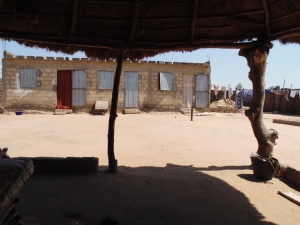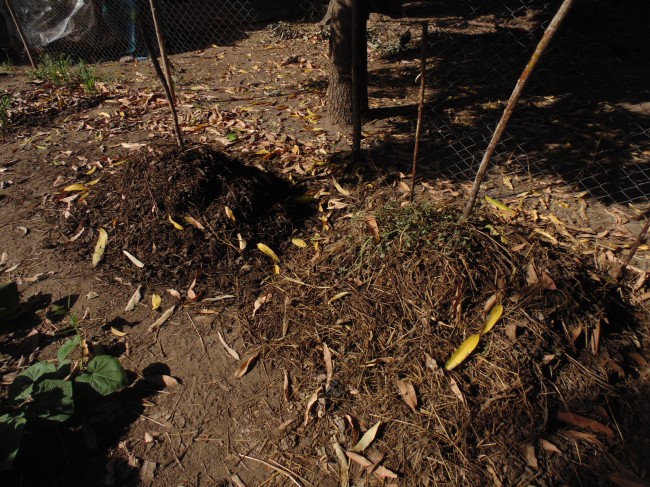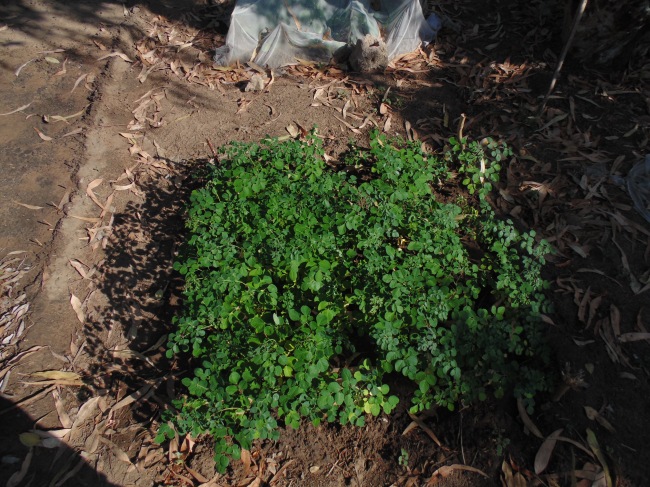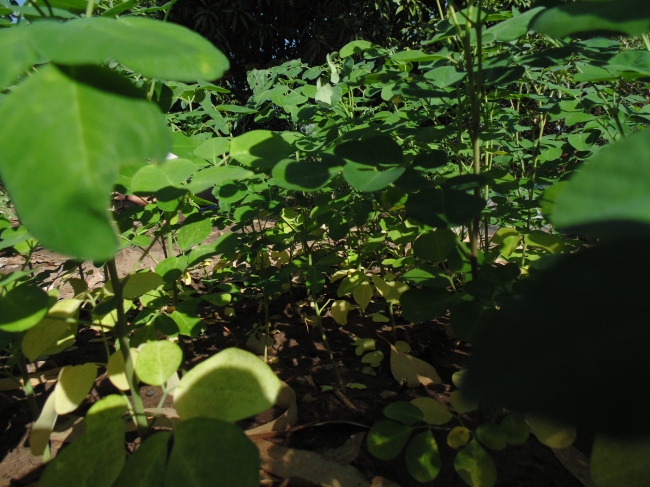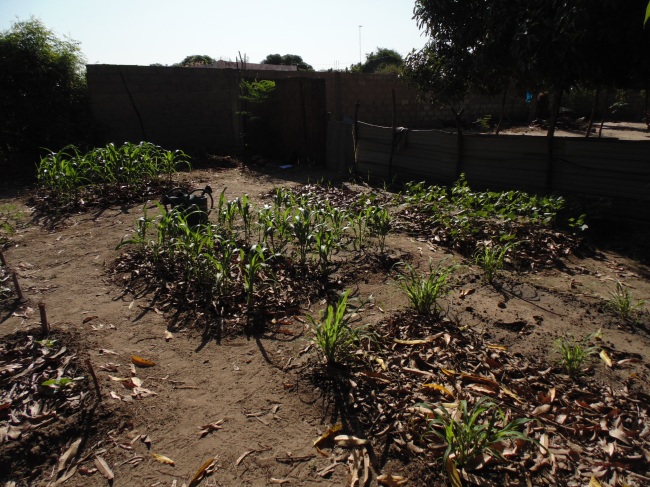Before venturing off to our permanent sites for the next two years, as part of our training we live with a host family as a crash-course in local language and Senegalese culture. Each volunteer lives in a household (and ideally surrounded by a community) where their local language is spoken. We have four CBT stays throughout the training period; the first is a 5 day stay, the second 10 days, the third (and longest) is 16 days, and then a farewell stay of 3 days. In order to give a sense of my initial stay at CBT, I want you to imagine a Senegalese in their 20’s, showing up at your doorstep with all of their belongings to live and eat with your family for the next two months. Apart from cordial greetings, they only know how to say: “What is that?”, “I want”, and “It is delicious”. You can hopefully imagine how great you will be at charades by the end of this stay. I just finished my third and longest CBT stay and am finally at the
language level where I can tell my family what I did that day, what I used to do for fun in the U.S., and how I can’t wait to visit them in the future. For us volunteers learning the Sereer language, our CBT stay was in the small roadside town of Keur Balla, a brand new site which has never before hosted Peace Corps trainees. A typical day at CBT often resembles this:
7:30am -8:00am – Wake up, wash up, brush teeth, make myself presentable. Greet my family from the eldest to youngest.
8:00am – 9:00am – After greetings, I usually help around our compound by watering the trees (Moringa, mango, papaya, guava, lemon, orange), taking the donkey to the field, opening up the coops and gathering eggs, and playing with our dog, Minu, to keep him from tormenting the baby chicks. Afterwards, I eat breakfast. Breakfast is typically a baguette with butter accompanied by Café Touba, (chickory-spiced coffee with, unfortunately, less caffeine than its opaqueness would imply), however, on better days, breakfast is an egg and spaghetti sandwich, heavily peppered and smothered in spicy mayonnaise.
9:00am – 1:00pm – Walk down to the house of Assane’s host family for intensive Sereer language training and culture.
1:00pm – 3:00pm – Return home and greet my family with afternoon greetings, review notes from language class, and play with my baby brother and nephew until lunch. Lunch is typically fish, rice, and vegetables sometimes with a sauce. The fish is usually a small whitefish served whole, fried and stuffed with crushed basil. Veggies commonly found in the bowl are steamed carrots, boiled potatoes, cooked cassava, half an eggplant, small bitter tomato, hot pepper, and Dikon radish. Also, a tart deep green sauce with the consistency of stringy spinach made from bissap leaves is dolloped next to our personal crescent of eating space. Lunch is served in a large communal bowl and set on the ground where guests and older members sit on mid-shin high wooden benches and younger members kneel. Spoons are optional, and surprisingly less effective at splitting fish and vegetables than using your right hand.
3:00pm – 4:00pm – Make a round or two of Attaya (An hour long process of cooking Senegalese tea).
4:00pm – 7:00pm – Walk down Assane’s house for more language and culture learning. After class we water our garden and check on the plants.
7:00pm – 9:00pm – Work on Sereer language homework, help out my brothers and sisters with their English, math, and science homework, eat dinner. In Sereer families, nearly every dinner consists of a finely ground, millet couscous called Saatch. This is accompanied either by a spicy fish, peanut, or Moringa sauce or warm sweetened milk.
9:00pm – 10:00pm – At the end of the day, I make Attaya, review Sereer, read, and then hit the hay (literally, I sleep on a millet stalk bed). And since there’s no electricity or internet service, the evenings’ entertainment consist of chatting, listening to the radio, and quietly gazing at the stars.
Pictures of My Host Family
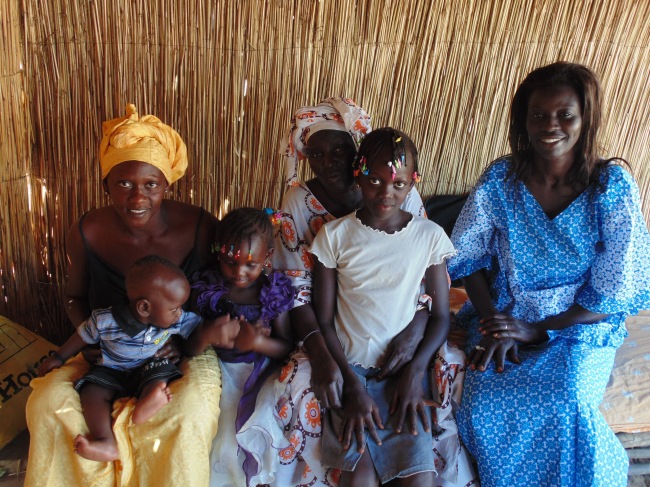
From left to right: Ya (Mom) Seega with baby Jin on her lap, my cousin Fatou, Grandma Mariama, my youngest sister Mamjaara, and aunt Adame.
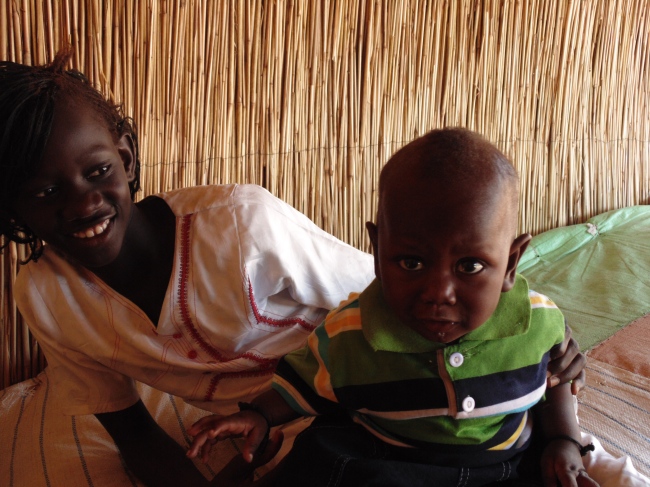
Middle sister Sophie and baby Fallou.
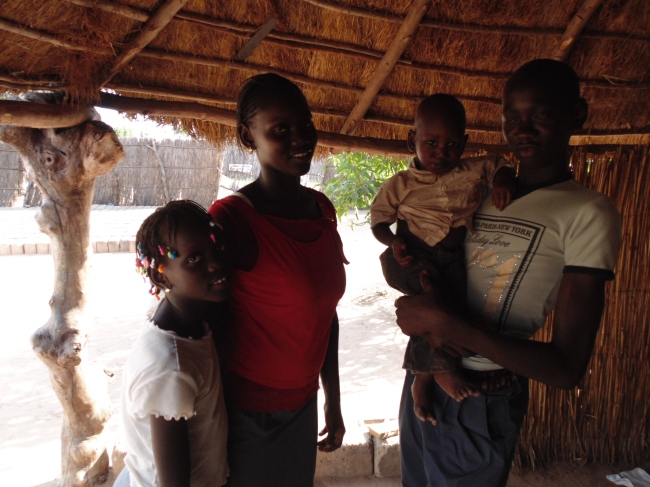
Youngest sister Mamjaara, eldest sister Lala, my eldest brother Lamine, baby brother Jin.

Family dog Minu. Ear and tail cropping are popular augmentations to dogs, as is trimming the manes of horses and donkeys.
